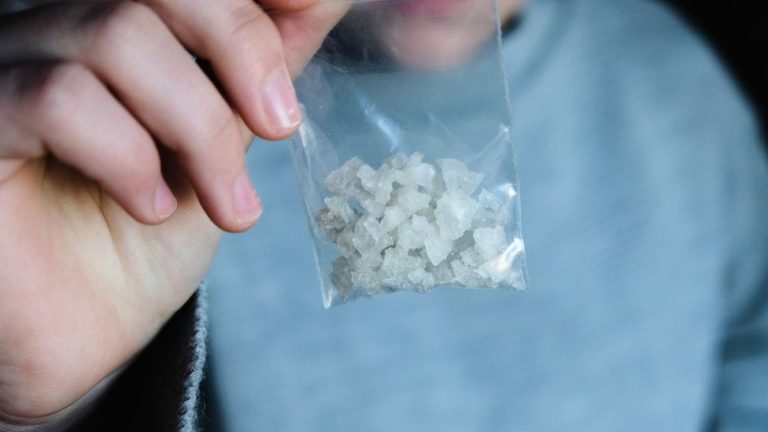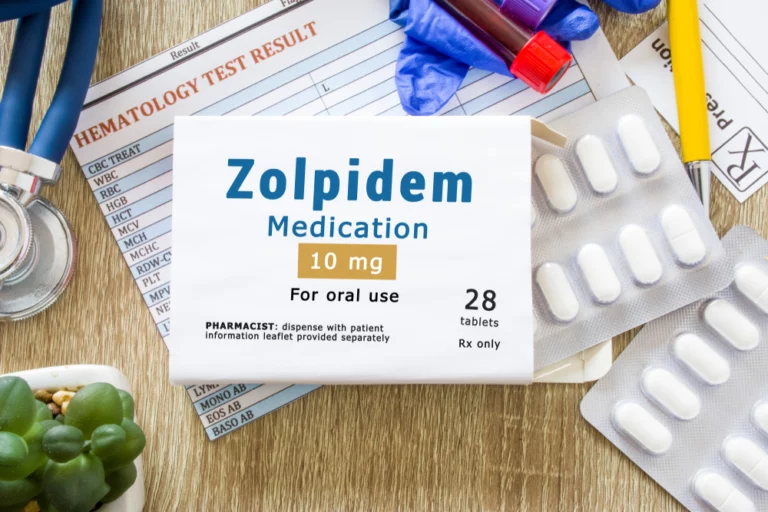What is Methadone?
What is Methadone? It is used in Medicated-assisted Treatment (MAT) for decades to treat opiate abuse disorders. It has proven highly effective and can be a life-long treatment. Part of the appeal of MAT programs like methadone is that an individual with an opiate addiction can immediately begin receiving treatment without undergoing withdrawal and detox. Withdrawal and detox can be deterrents for many with addictions. The option of a MAT program reduces the number of opioid-related overdoses and deaths. Another positive aspect of MAT programs is that they allow in treatment to immediately seek employment or maintain employment without having to enter an inpatient treatment program.
For more information about the benefits of methadone and other MAT treatment programs, contact Oasis Recovery to speak with a specialist today.
What is Methadone?
Methadone is a medication approved by the Food and Drug Administration (FDA) to treat opioid use disorder (OUD) as a medication-assisted treatment (MAT), as well as for pain management. When taken as prescribed, methadone is safe and effective. Methadone helps individuals achieve and sustain recovery and to reclaim active and meaningful lives.
Methadone is one component of a comprehensive treatment plan, which includes counseling and other behavioral health therapies to provide patients with a whole-person approach.
How does Methadone work?
Methadone eases and can prevent symptoms of withdrawal and cravings associated with opiate addictions. This means that a person who enters a MAT program and begins methadone treatment will have a regular regimen of methadone doses aimed at preventing them from having the desire to seek out and abuse other substances.
A bonus to methadone treatment is that a person is able to avoid disruptions in their life related to withdrawal, detox, and inpatient treatment. They can pursue job opportunities and continue to fulfill family, childcare, and work obligations.
Methadone access is highly restricted and typically requires that those enrolled in methadone treatment programs go to a clinic every day for their doses of methadone for the first three months of treatment. Over time, those who continue a methadone treatment program are given more leeway in the form of take-home doses so they do not have the daily burden of having to go to the clinic for supervised doses. Trust is granted increasingly over time as patients continue to succeed in methadone treatment and pass drug screenings.
A criticism of methadone treatment is that those who are in these programs continue to rely on a substance in order to stave off substance abuse. Proponents of methadone clinics call attention to the program’s success rate over many decades in preventing opioid overdoses and deaths.
Potential Side Effects of Methadone
Like most medications, methadone has the potential for a number of common side effects. These may include:
- Headache
- Weight gain
- Stomach pain
- Dry mouth
- Sore tongue
- Flushing
- Difficulty urinating
- Mood changes
- Vision problems
- Sleep issues
If a person is experiencing any of the following serious and potentially dangerous side effects, they should consult a medical expert immediately.
- Excessive Itching
- Rash
- Hives
- Swelling
- Eyes, face, mouth, tongue, or throat
- Severe muscle stiffness or twitching
- Nausea, vomiting, or diarrhea
- Hoarseness
- Difficulty breathing or swallowing
- Extreme drowsiness
- Seizures
- Fever
- Confusion
- Rapid heartbeat
- Hallucinations
- Loss of appetite
- Irregular menstruation
- Erectile dysfunction

Methadone Treatment Options
Legally, only certified programs are able to dispense methadone. Methadone is specifically prescribed for treating opioid and opiate-related addictions. Those who are taking methadone must do so under the supervision of a practitioner.
In many cases, a person who is in a MAT program, will be required to go to a methadone clinic on a daily basis in order to receive their daily dose of methadone.
Methadone comes in several forms. Methadone is formulated as a tablet, a dispersible (dissolved in liquid) tablet, a solution (liquid), and a concentrated solution to take by mouth.
To relieve pain, methadone can be taken every 8 to 12 hours. A medical doctor will design an individualized treatment plan based on your specific situation and your level of opiate addiction and tolerance.
Precautions for Methadone Use and Treatment
When methadone is prescribed as part of a MAT maintenance program it can reduce withdrawal symptoms, cravings for opiates, decrease rates of overdose, prevent individuals from turning to criminal activity to obtain drugs, and allow those under treatment to seek and maintain employment.
Methadone has been shown to be one of the most effective long-term treatment programs for those with severe opiate addictions.
It’s important to be aware that methadone can be deadly for those who do not have tolerance to opiates. A lethal dose can be between 70 and 75 mg. Keeping that in mind, for those with opiate abuse disorders, average maintenance doses typically range from 80 to 120 mg.
Methadone does have more risk than some other MAT medications regarding the potential for overdose. Unfortunately, methadone continues to have a fairly high street value which results in the ability for those who choose to continue abusing opiates to sell methadone in exchange for street drugs. This issue is reduced by insisting those in methadone treatment programs to go to a clinic in order to have their treatments administered.
Methadone clinics do their best to avoid the potential for abuse. Keep in mind that having to go to a clinic on a daily basis can be disruptive. Because methadone can be a life-long treatment, there is a point at which it is believed to be more safe and sensible to allow those undergoing this treatment to physically go to a clinic on a less frequent basis.

For the first three months of treatments, most patients undergoing MAT treatment with methadone will be forced to go to a program six days a week and have one take-home dose.
After staying on the treatment plan and successfully avoiding abuse of other drugs for three months, patients are sometimes eligible to begin going to the clinic three days per week and are allowed to have four take-home doses of methadone.
After successfully completing a full year of treatment, patients are able to receive six home doses and only have to present in person at a clinic one day per week.
Throughout treatment, those who are prescribed methadone as a MAT program are supervised and undergo regular drug screenings.
Contact Oasis Recovery Today
At Oasis Recovery, we treat each and every one of our clients on an individualized basis. If you or someone you love is struggling with an opiate addiction, it’s possible that they are a good candidate for MAT programs including methadone treatment. Reach out to us today to speak with a specialist about our many addiction treatment options that suit you best based on your personal circumstances.










